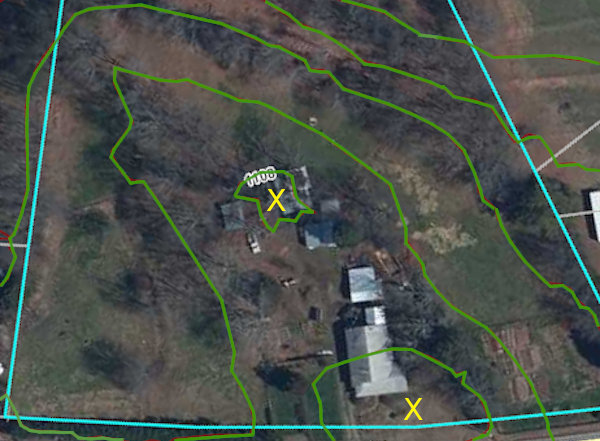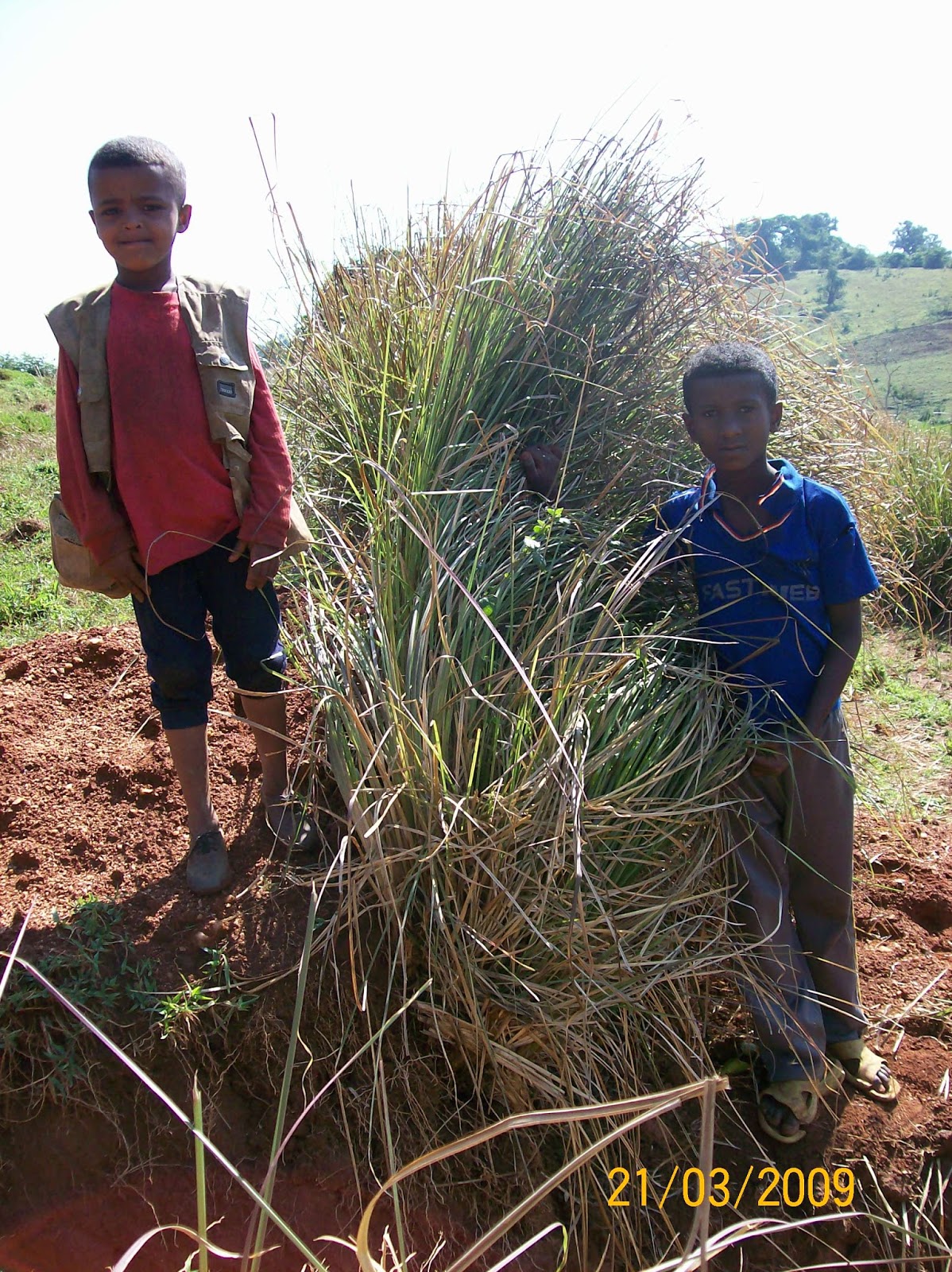
 3
3




Blog: 5 Acres & A Dream
Books: Kikobian Books | Permies Digital Market




Cargo bikes are cool
 2
2




Moderator, Treatment Free Beekeepers group on Facebook.
https://www.facebook.com/groups/treatmentfreebeekeepers/





 1
1





Blog: 5 Acres & A Dream
Books: Kikobian Books | Permies Digital Market




John Daley Bendigo, Australia The Enemy of progress is the hope of a perfect plan
Benefits of rainfall collection https://permies.com/t/88043/benefits-rainfall-collection
GOOD DEBT/ BAD DEBT https://permies.com/t/179218/mortgages-good-debt-bad-debt




Iterations are fine, we don't have to be perfect
My 2nd Location:Florida HardinessZone:10 AHS:10 GDD:8500 Rainfall:2in/mth winter, 8in/mth summer, Soil:Sand pH8 Flat




John Daley Bendigo, Australia The Enemy of progress is the hope of a perfect plan
Benefits of rainfall collection https://permies.com/t/88043/benefits-rainfall-collection
GOOD DEBT/ BAD DEBT https://permies.com/t/179218/mortgages-good-debt-bad-debt




Blog: 5 Acres & A Dream
Books: Kikobian Books | Permies Digital Market






Moderator, Treatment Free Beekeepers group on Facebook.
https://www.facebook.com/groups/treatmentfreebeekeepers/









USDA Plant Hardiness Zone Map for Vetiver Grass Plants
The USDA considers vetiver adapted to Zones 9 and higher. It may be used in warmer zone 8 locations with heavy mulching and additional care during winter.
From here.
'What we do now echoes in eternity.' Marcus Aurelius
How Permies Works Dr. Redhawk's Epic Soil Series
 1
1




Blog: 5 Acres & A Dream
Books: Kikobian Books | Permies Digital Market
 2
2




Joylynn Hardesty wrote:
I so very much wish it grew in zone 7.
webpage
Moderator, Treatment Free Beekeepers group on Facebook.
https://www.facebook.com/groups/treatmentfreebeekeepers/









Daniel




John Daley Bendigo, Australia The Enemy of progress is the hope of a perfect plan
Benefits of rainfall collection https://permies.com/t/88043/benefits-rainfall-collection
GOOD DEBT/ BAD DEBT https://permies.com/t/179218/mortgages-good-debt-bad-debt




Michael Cox wrote:I think it would be worth an experiment. If it works, we learn something. . . . My understanding is that vetiver can survive freezing temperatures, but struggles with prolonged periods with frozen ground.
Daniel Kaplan wrote:How about laying branches on contour with brush, woodchips, etc on the uphill side. . . .
Also, it seems like you could use a pond to catch the overflow from your cistern.
John C Daley wrote:Here is some very good info about Keyline and how it helps the soil
How sub soil is improved with keyline ploughing
Blog: 5 Acres & A Dream
Books: Kikobian Books | Permies Digital Market




Moderator, Treatment Free Beekeepers group on Facebook.
https://www.facebook.com/groups/treatmentfreebeekeepers/





 1
1




Michael Cox wrote:Mollison's context was the Australian conditions - hugely variable nationwide, but water conservation is so important. It's important to balance his general recommendations with the specifics of your situation. I don't know anything about the OP's climate.
Leigh Tate wrote:Climate and regional factors: I live in the southeastern US, where we have horrifically hot summers (typically in the upper-90s from May through August), often with long dry spells, sometimes lasting 6 weeks or more without rain. My soil is Cecil sandy loam, which is a light brown sandy topsoil with red clay subsoil. So, I have topsoil that has low water holding capacity, coupled with hot dry summers that quickly evaporate any remaining moisture out of the soil. Consequently, my pastures dry out badly in summer, with large surface cracks often forming. I'm finding it difficult to establish and maintain good forage for my goats.
Blog: 5 Acres & A Dream
Books: Kikobian Books | Permies Digital Market

 1
1








Catie George wrote:A larger/deeper swale I'd want to be well out of the drip line of the trees. Maybr 1.5 x the drip line? Trees can recover from some root disturbance but typically have roots 2-3x the radius of the drip line.
This feels like a question for walking the land with a spade. Walk, think about where you might like a swale, put the spade in the ground and hop on the top of it. Try that in a few areas. Do you hit roots? How often?
Invasive plants are Earth's way of insisting we notice her medicines. Stephen Herrod Buhner
Everyone learns what works by learning what doesn't work. Stephen Herrod Buhner
 1
1




Anne Miller wrote:How are you making the swales? What equipment are you using, etc.
I really like Catie's answer as I feel it comes the closest to what I feel is the answer. Especially, the part about the drip line and walking your land.
Blog: 5 Acres & A Dream
Books: Kikobian Books | Permies Digital Market




Community Building 2.0: ask me about drL, the rotational-mob-grazing format for human interactions.
 3
3




Leigh Tate wrote:The concern is damaging the root systems and either damaging or killing the trees. Would appreciate some input on this from others' knowledge and experience.
 6
6




Blog: 5 Acres & A Dream
Books: Kikobian Books | Permies Digital Market
 3
3





|
Beware the other head of science - it bites! Nibble on this message:
Learn Permaculture through a little hard work
https://wheaton-labs.com/bootcamp
|





